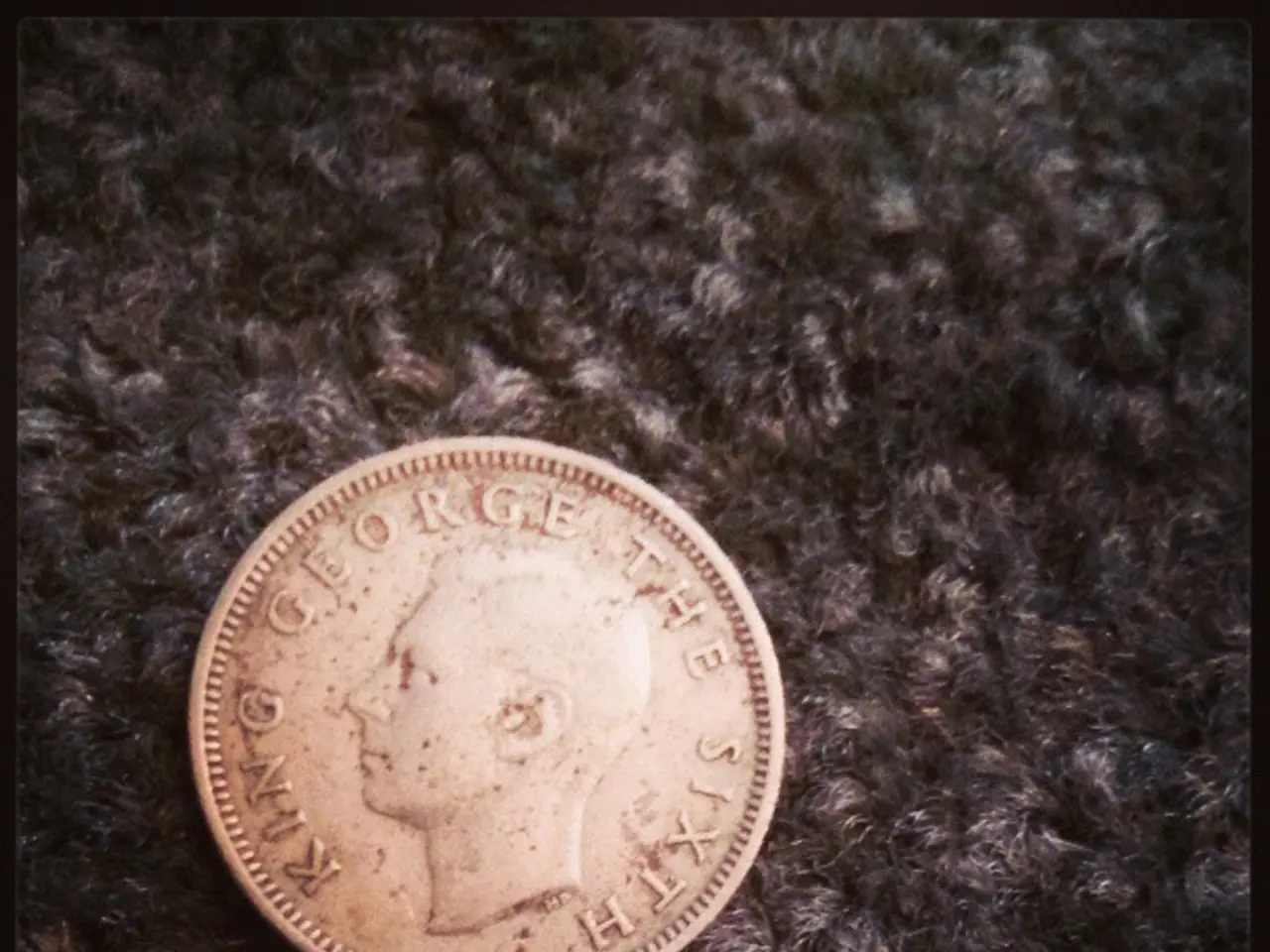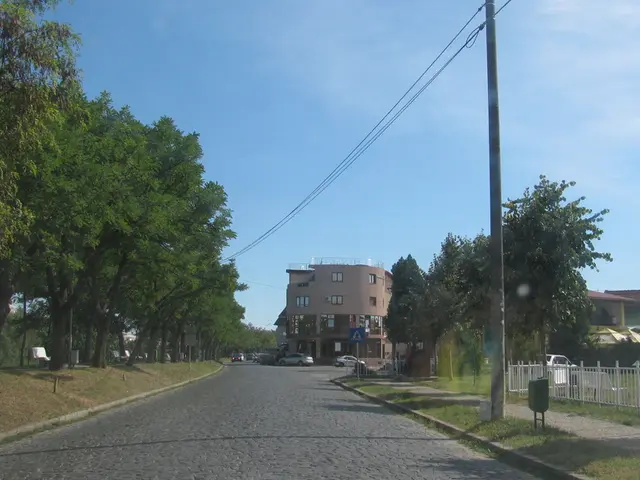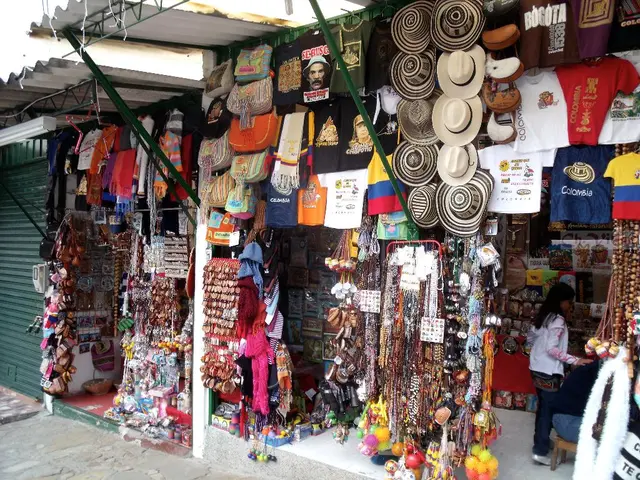Discovered: Artifact Trove Consisting of Old Polish Coins, Dating to the 1400s
In a remarkable discovery that sheds light on medieval Poland, the Budzyn brothers have unearthed a 600-year-old silver coin hoard near Bochnia, a town historically significant for its 13th-century salt mining.
### A Glimpse into Medieval Economy and Trade The hoard, consisting of over 600-year-old coins, offers a valuable insight into the economic conditions, monetary circulation, and trade connections of medieval Poland and Central Europe. These coins, believed to have been hidden during the reign of Polish King Casimir IV Jagiellon, will provide historians and archaeologists with a unique opportunity to study coin minting techniques, iconography, inscriptions, and metallurgical composition of the era.
### Bochnia's Wealth and Historical Significance Bochnia's wealth during this period may be revealed through this discovery, potentially offering insights into trade routes, or the impacts of historical events like wars or political upheavals that might have led someone to bury their wealth.
### The Role of Legal Treasure Hunting Associations The discovery was made by members of the local treasure hunting association, Bocheńskie Stowarzyszenie Poszukiwaczy Stater (Bochnia Treasure Hunters Association Stater). Their work underscores the importance of legal treasure hunting associations in Poland, which operate under governmental regulations that balance the interests of private treasure hunters with heritage preservation.
These associations ensure that discoveries are reported and excavated systematically, preserving the scientific value of artifacts and preventing illegal looting and destruction of historical sites. They also collaborate with museums, archaeologists, and cultural heritage institutions to document and protect finds.
In addition, they promote historical knowledge and respect for cultural heritage among their members and the broader public, supporting community engagement with Poland’s rich past. By maintaining records and sharing findings, these associations contribute to the national historical database, improving understanding of Poland’s history and aiding future research.
### The Future of the Discovery The discovered coins will be managed by conservation specialists for cleaning, documentation, and analysis. Experts are now cataloging and analyzing the coins to determine their exact origin, mint, and historical context. Once conserved, the treasure is expected to be exhibited at a regional museum, either in Bochnia or Krakow.
The Budzyn brothers, passionate about history and respectful of their heritage, have made a significant contribution to Poland's historical record. The exact location of the discovery site is being kept confidential to deter looters and illegal treasure hunters. The search was legal and conducted with permission from the State Forests authority and the Provincial Monument Conservator.
Wojciech Budzyn described the discovery as a dream come true for any treasure hunter, while Marek Budzyn emphasised their commitment to history, respect for it, and preserving their heritage. The subscription link for a weekly recap of News from Poland was provided, but it does not contain a standalone fact.
- The hunt for historical treasures in Poland is regulated by legal treasure hunting associations, such as the Bochnia Treasure Hunters Association Stater, which aims to preserve archaeological artifacts while fostering historical knowledge.
- The discovery of the 600-year-old silver coin hoard in Bochnia offers an opportunity to study the monetary circulation, coin minting techniques, iconography, and historical context of medieval Poland and Central Europe.
- The medieval economy and trade connections can potentially be understood better through the study of the newly discovered coin hoard, revealing insights into trade routes, conflicts, and political upheavals.
- The AI and ML techniques can be used to analyze the newly discovered medieval coins, helping researchers to better understand their exact origin, mint, and historical context.
- Space exploration, AI development, and the preservation of home-and-garden environments often seem unrelated, but the Budzyn brothers' discovery underscores the importance of respecting one's heritage and preserving historical artifacts, as they have done with their recent find in Bochnia.




